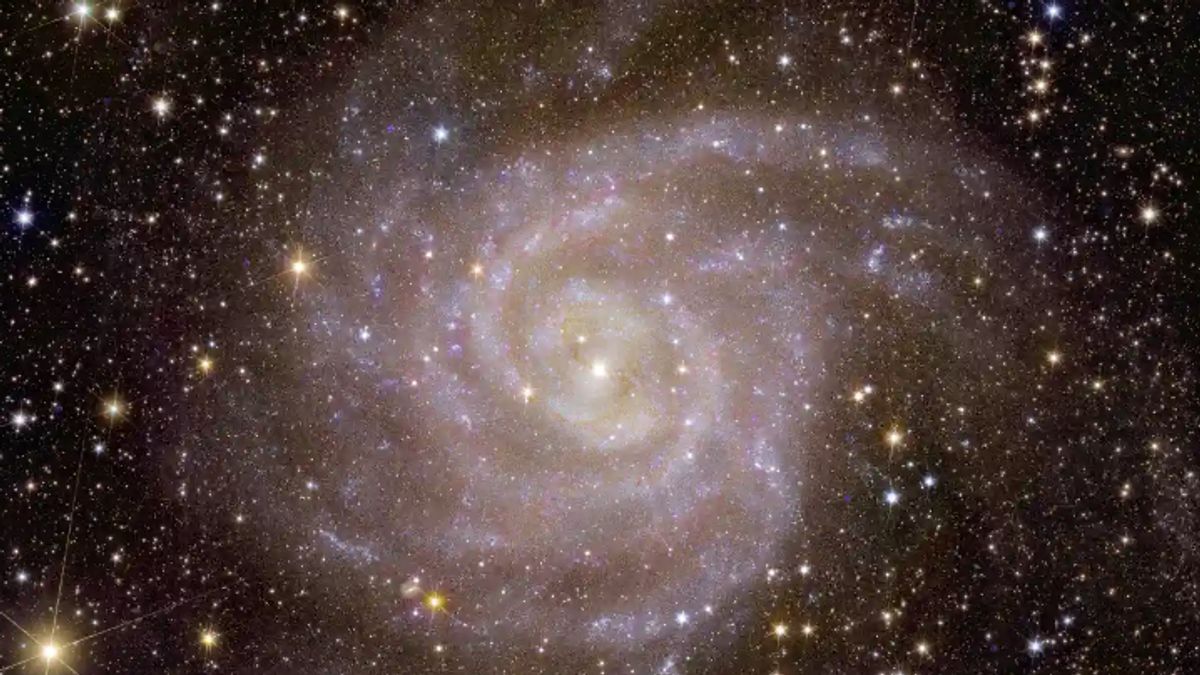JAKARTA The Euclidean Telescope belonging to the European Aviation Agency (ESA), collaborated with the American Aeronautics and Space Agency (NASA), releasing the first five pictures on 7 November.
Five images that Euclideans share show views of thousands of distant galaxies, two nearby galaxies, a group of stars called globular clusters, and nebulae or clouds and dust formed by stars.
One of the Euclidean images that attracted attention was the scene of the IC 342 galaxy. Although known as a faint galaxy, the bright image produced by Euclidean shows that the IC 342 is spiral-shaped.
Scientists actually already know about the shape of the spiral IC 342. Basically, the five images that Euclide released were only the opening of the telescope's mission. The hope is that Euclidean can get many new findings according to their goals.
(Euclid) will survey objects on the outskirts of our solar system, discover thousands of new planets, explore nearby galaxies, and more," said NASA Science Mission Association Administrator Nicola Fox through an official release.
The main goal of the Euclidean mission is to investigate dark matter and dark energy. Dark matter is radiation-undetected material, while dark energy is a component of the universe that is thought to populate space with a mysterious force.
SEE ALSO:
The plan is for Euclidean to carry out a six-year mission to produce the 3D map of the widest universe. This map will cover nearly a third of the sky, including billions of galaxies 10 billion light-years away from Earth.
Euclid has a wider field of view than the James Webb Space Telescope. Euclidean is also able to produce images with higher resolutions so that it is estimated that they can see more galaxies in one image portrait.
For information, the Euclidean telescope has been launched since July this year in Cape Canaveral, Florida. The telescope will travel nearly 1.6 million kilometers to an area full of dark matter and dark energy.
The Euclidean mission is operated by more than 2,000 scientists from 300 institutions in 13 European countries, the United States, Canada, and Japan. All of these scientists are responsible for providing scientific data instruments and analysis.
The English, Chinese, Japanese, Arabic, and French versions are automatically generated by the AI. So there may still be inaccuracies in translating, please always see Indonesian as our main language. (system supported by DigitalSiber.id)


















